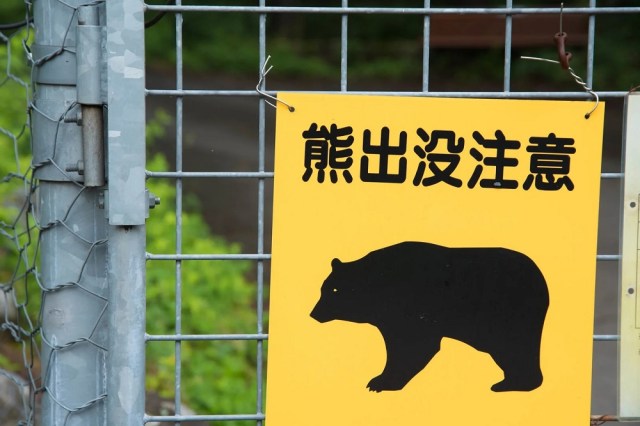Do bears strike first with their left paw when attacking people? Japan wants to know

And what experts say to do if a bear attacks you in Japan, regardless of how.
Japan doesn’t have a lot of dangerous wildlife, but bears are a noticeable, and potentially deadly, exception. Most bear attacks occur in mountainous areas in the northern parts of Japan, with Akita Prefecture seeing the most in 2023, with 70 incidents occurring.
One of those attacks occurred last May, when a pair of police officers were transporting the body of a man who’d gone missing and died in the woods. Though the officers survived the attacks, they suffered severe injuries, with one having the right side of his face gashed open from ear to chin and losing half of his nose. Seeing the injuries, a local who was a friend of the deceased, and who himself has been attacked by bears three times, remarked “When bears attack, they usually use their left paw first.”
Folk wisdom that bears are left-handed/left-pawed can also be found in Chinese cooking tradition, which holds that bears use their right paw to eat honey, making its meat sweeter, while they use their left paw for fighting, resulting in a firmer texture.
Is this true, though? To investigate, Japanese magazine Gendai Business spoke with experts at NPO Japan Asiatic Black Bear Research Institute, also known as the Institute for Asian Black Bear Research and Preservation, and at Akita University Hospital’s Advanced Critical Care Center, where 20 of Akita’s 70 bear attack victims in 2023 received medical treatment.
Starting with the hospital’s statistical data, it is true that if you get into a fight with a bear, there’s a high probability that the animal is going to seriously mess your face up. Of the 20 bear attack victims the hospital treated, 90 percent had facial injuries, often to the eyes and nose. Nine of them suffered facial fractures, and three had ruptured eyeballs. However, there was no statistical evidence suggesting that the bears had started their assault with their left paws, or used that paw more often in attacking.
Gendai Business also spoke with Kazuhiko Yoneda, chairman of the Institute for Asian Black Bear Research and Preservation. Yoneda has encountered and observed bears in the wild over 3,000 times, and on nine separate occasions, they’ve attacked him. So has he noticed any right-versus-left patterns in bears’ opening gambits?
“When it happened, I was doing all I could to get away, so I can’t remember whether they used their right or left paw first.”
So at the very least, it would seem that bears aren’t so predisposed to striking with their left paw first for it to be noticeable/memorable, and such a pattern may not exist as all. However, Yoneda says bears do have a modus operandi of sorts when attacking, which is to grab their opponent and try to bite them on the nose, often digging their claws into the target’s neck as they grapple. The technique is common among large, predatory animals, Yoneda says, and is also used by lions.
Unfortunately, this means that bears don’t have a predictable first move of swiping at you with their left paw that you can exploit like you’re in a video game boss fight. The gruesome silver lining, though, is that fighting back at all against a bear is, in experts’ opinions, generally a bad strategy, Yoneda says. Instead, you should drop to the ground, he says, lying face down and with your hands covering the back of your neck to protect it. “The bear may [still] attack you around your buttocks,” Yoneda says, “but once you’re being attacked, it’s impossible to come away unharmed. The important thing is make sure you survive.” This defense is also recommended by the Nikko National Park Visitor Center.
Of course, the best way to avoid bear attack injuries is to avoid bear attacks in general. Since many attacks occur because bears are startled by the sudden unexpected presence of humans within their habitat, it’s recommended to clip a bell, radio, or some other noise-emitting device to your belt or backpack when hiking in Japan, so that even if bears can’t see you approaching, they can hear you, helping you both keep a safe distance from each other.
Source: Gendai Business (1, 2) via Livedoor News via Hachima Kiko, Nikko Yumoto Visitor Center
Top image: Pakutaso
● Want to hear about SoraNews24’s latest articles as soon as they’re published? Follow us on Facebook and Twitter!
Credit:

0 comments:
Post a Comment